Physicists have created a modem for the quantum internet of the future, giving powerful quantum computers a way to share information.
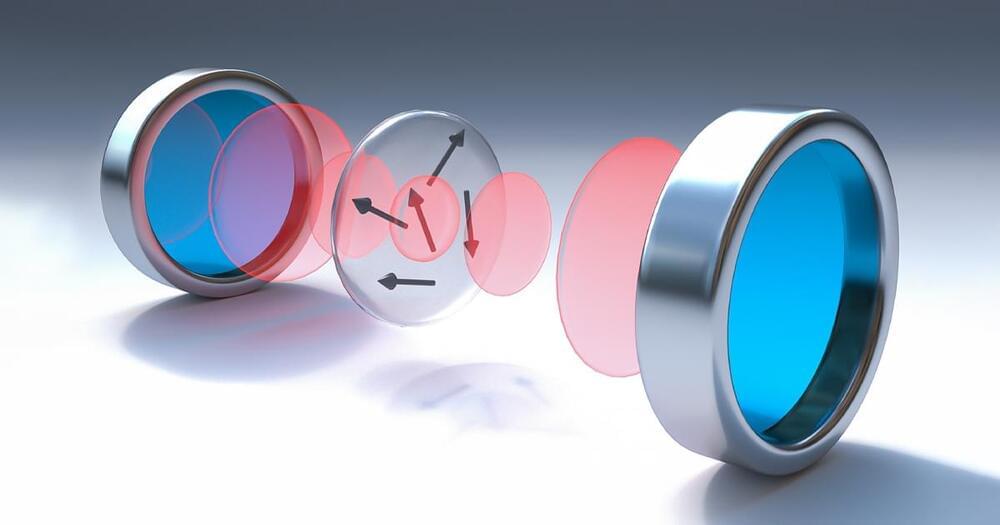

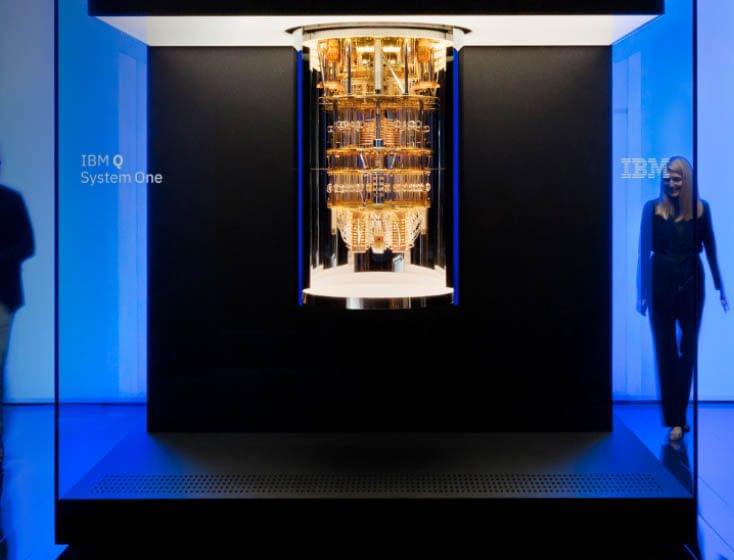
Short for circuit layer operations per second.
IBM has announced the creation of what could become the new performance metric for quantum computers: Circuit Layer Operations per Second (CLOPS). The aim is to allow customers and providers of quantum systems to easily understand performance differences between products.

I wonder what the Sputnik moment would need to be in the AI race to trigger panic AI research spending in the US. It would probably have to be China hitting AGI first.
Native CPU and accelerator architectures that have been in play on China’s previous large systems have been stepped up to make China first to exascale on two fronts.
The National Supercomputing Center in Wuxi is set to unveil some striking news based on quantum simulation results on a forthcoming homegrown Sunway supercomputer.
The news is notable not just for the calculations, but the possible architecture and sheer scale of the new machine. And of course, all of this is notable because the United States and China are in a global semiconductor arms race and that changes the nature of how we traditionally compare global supercomputing might. We have been contemplating China’s long road to datacenter compute independence, of which HPC is but one workload, and these are some big steps.
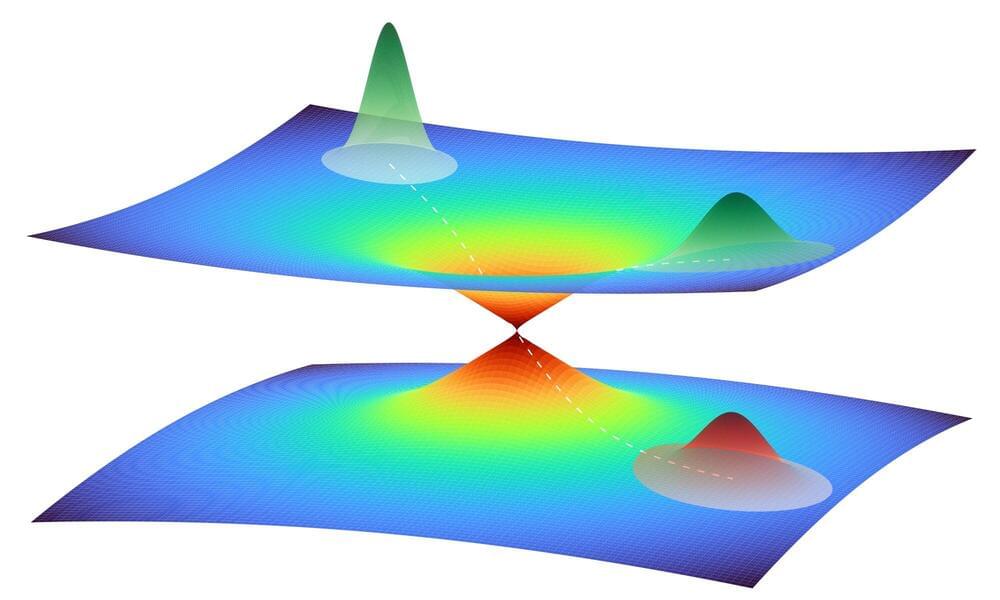
A new analytical technique is able to provide hitherto unattainable insights into the extremely rapid dynamics of biomolecules. The team of developers, led by Abbas Ourmazd from the University of Wisconsin–Milwaukee and Robin Santra from DESY, is presenting its clever combination of quantum physics and molecular biology in the scientific journal Nature. The scientists used the technique to track the way in which the photoactive yellow protein (PYP) undergoes changes in its structure in less than a trillionth of a second after being excited by light.
“In order to precisely understand biochemical processes in nature, such as photosynthesis in certain bacteria, it is important to know the detailed sequence of events,” Santra says. “When light strikes photoactive proteins, their spatial structure is altered, and this structural change determines what role a protein takes on in nature.”
Until now, however, it has been almost impossible to track the exact sequence in which structural changes occur. Only the initial and final states of a molecule before and after a reaction can be determined and interpreted in theoretical terms. “But we don’t know exactly how the energy and shape changes in between the two,” says Santra. “It’s like seeing that someone has folded their hands, but you can’t see them interlacing their fingers to do so.”
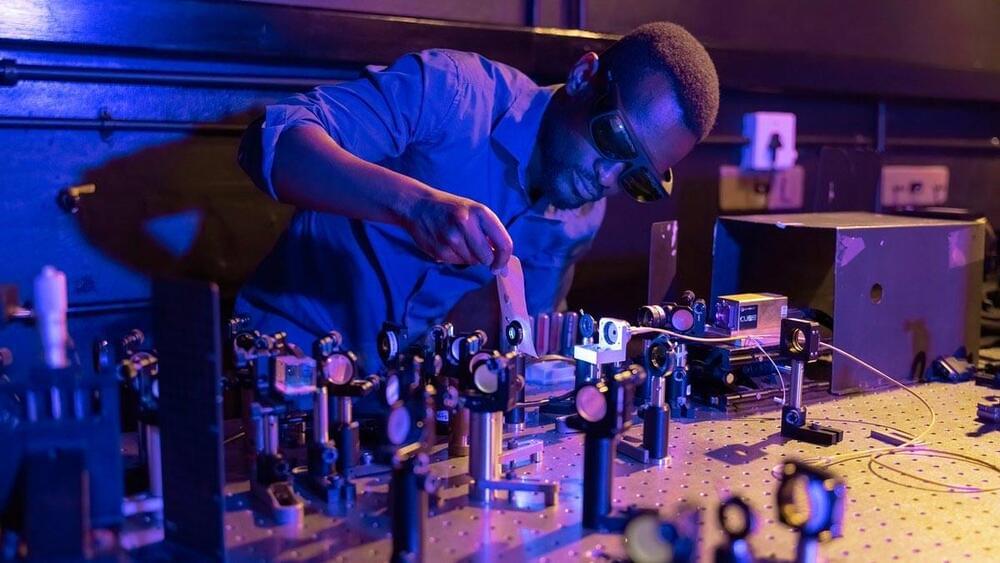
Isaac Nape, an emerging South African talent in the study of quantum optics, is part of a crack team of Wits physicists who led an international study that revealed the hidden structures of quantum entangled states. The study was published in the renowned scientific journal, Nature Communications.
Nape is pursuing his PhD at Wits University and focuses on harnessing structured patterns of light for high dimensional information encoding and decoding for use in quantum communication.
Earlier this year he scooped up two awards at the South African Institute of Physics (SAIP) conference to add to his growing collection of accolades in the field of optics and photonics. He won the award for ‘Best PhD oral presentation in applied physics’, and jointly won the award for ‘Best PhD oral presentation in photonics’.

‘’A research team with Denmark’s University of Copenhagen has designed the world’s first quantum computing system that allows for simultaneous operation of all its qubits without threatening quantum coherence.’’
A team of researchers from Denmark have achieved a breakthrough in quantum computing by designing a system that allows for all qubits to be manipulated and observed — at the same time — without compromising the system’s quantum coherence.

Speed is only one of the three critical attributes that reflect the performance of a quantum computer, according to IBM, with the two others being scale and quality. Scale is measured by the number of qubits that the quantum processor supports, while quality can be determined thanks to quantum volume, which is another benchmark that IBM developed in 2017 to gauge how faithfully a quantum circuit can be implemented in a quantum computing system.
SEE: What is quantum computing? Everything you need to know about the strange world of quantum computers
Quantum volume is a metric that is now widely adopted across the industry, with major players like Honeywell basing performance measurements on the benchmark. IBM hopes that CLOPS will follow a similar path and this way enable quantum computing companies to put numbers on all three aspects of performance.

Sabine Hossenfelder, Anil Seth, Massimo Pigliucci & Anders Sandberg discuss whether humanity is stuck in the matrix.
If you enjoy this video check out more content on the mind, reality and reason from the world’s biggest speakers at https://iai.tv/debates-and-talks?channel=philosophy%3Amind-and-reason&page=0?utm_source=YouTube&utm_medium=description&utm_campaign=lost-in-the-matrix.
00:00 Introduction.
02:21 Anders Sandberg | We could be living in a superior race’s simulation.
04:16 Sabine Hossenfelder | The simulation hypothesis is pseudoscience.
06:20 Anil Seth | Is whether we are a simulation even important?
09:29 Massimo Pigliucci | The mind is too complex to be replicated.
13:14 Is it reasonable to question the existence of reality?
23:55 How do we define reality?
29:34 Are we victim to Hollywood fantasy?
Are we living in a computer simulated reality? Until recently the possibility that we are living in a computer simulation was largely limited to fans of The Matrix with an over active imagination or sci-fi fantasists. But now some are arguing that strange quirks of our universe, like the indeterminateness of quantum theory and the black hole information paradox are evidence that our reality is in actuality a created simulation. Moreover, tech guru Elon Musk has come out supporting the theory, arguing that ““we are most likely in a simulation””.
Should we take the idea that we are living in a computer simulation seriously? Groundbreaking consciousness researcher Anil Seth, stoic philosopher Massimo Pigliucci, maverick physicist and Youtube sensation Sabine Hossenfelder and Oxford transhumanist Anders Sandberg ask if we are stuck in the matrix. The debate is hosted by Güneş Taylor.
#AnilSeth #MassimoPigliucci #ComputerSimulatedReality.
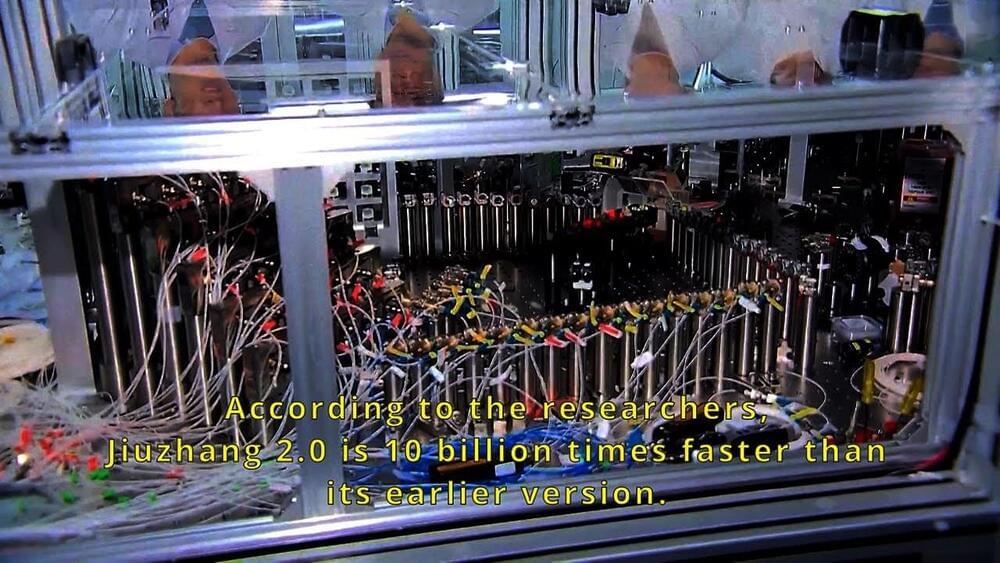
The research team lead by professor Pan Jian-Wei has upgraded their photonic quantum computer, demonstrating in a new published study phase-programmable Gaussian boson sampling (GBS) which produces up to 113 photon detection events out of a 144-mode photonic circuit. According to the researchers, the Jiuzhang 2.0 Photonic Quantum Computer (九章二号) is 10 billion times faster than its earlier version. The study “Phase-Programmable Gaussian Boson Sampling Using Stimulated Squeezed Light” was published in the journal Physical Review.
Credit: China Media Group(CMG)/China Central Television (CCTV)
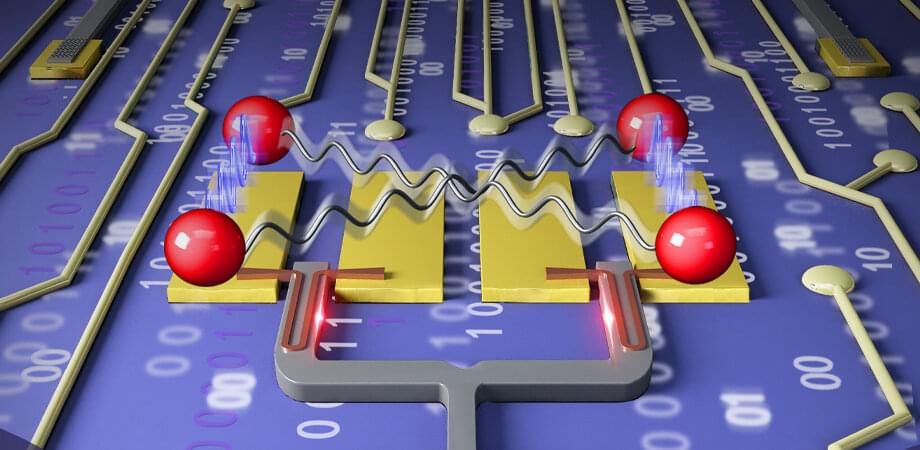
Integrated quantum photonics (IQP) is a promising platform for realizing scalable and practical quantum information processing. Up to now, most of the demonstrations with IQP focus on improving the stability, quality, and complexity of experiments for traditional platforms based on bulk and fiber optical elements. A more demanding question is: “Are there experiments possible with IQP that are impossible with traditional technology?”
This question is answered affirmatively by a team led jointly by Xiao-Song Ma and Labao Zhang from Nanjing University, and Xinlun Cai from Sun Yat-sen University, China. As reported in Advanced Photonics, the team realizes quantum communication using a chip based on silicon photonics with a superconducting nanowire single-photon detector (SNSPD). The excellent performance of this chip allows them to realize optimal time-bin Bell state measurement and to significantly enhance the key rate in quantum communication.
The single photon detector is a key element for quantum key distribution (QKD) and highly desirable for photonic chip integration to realize practical and scalable quantum networks. By harnessing the unique high-speed feature of the optical waveguide-integrated SNSPD, the dead time of single-photon detection is reduced by more than an order of magnitude compared to the traditional normal-incidence SNSPD. This in turn allows the team to resolve one of the long-standing challenges in quantum optics: Optimal Bell-state measurement of time-bin encoded qubits.